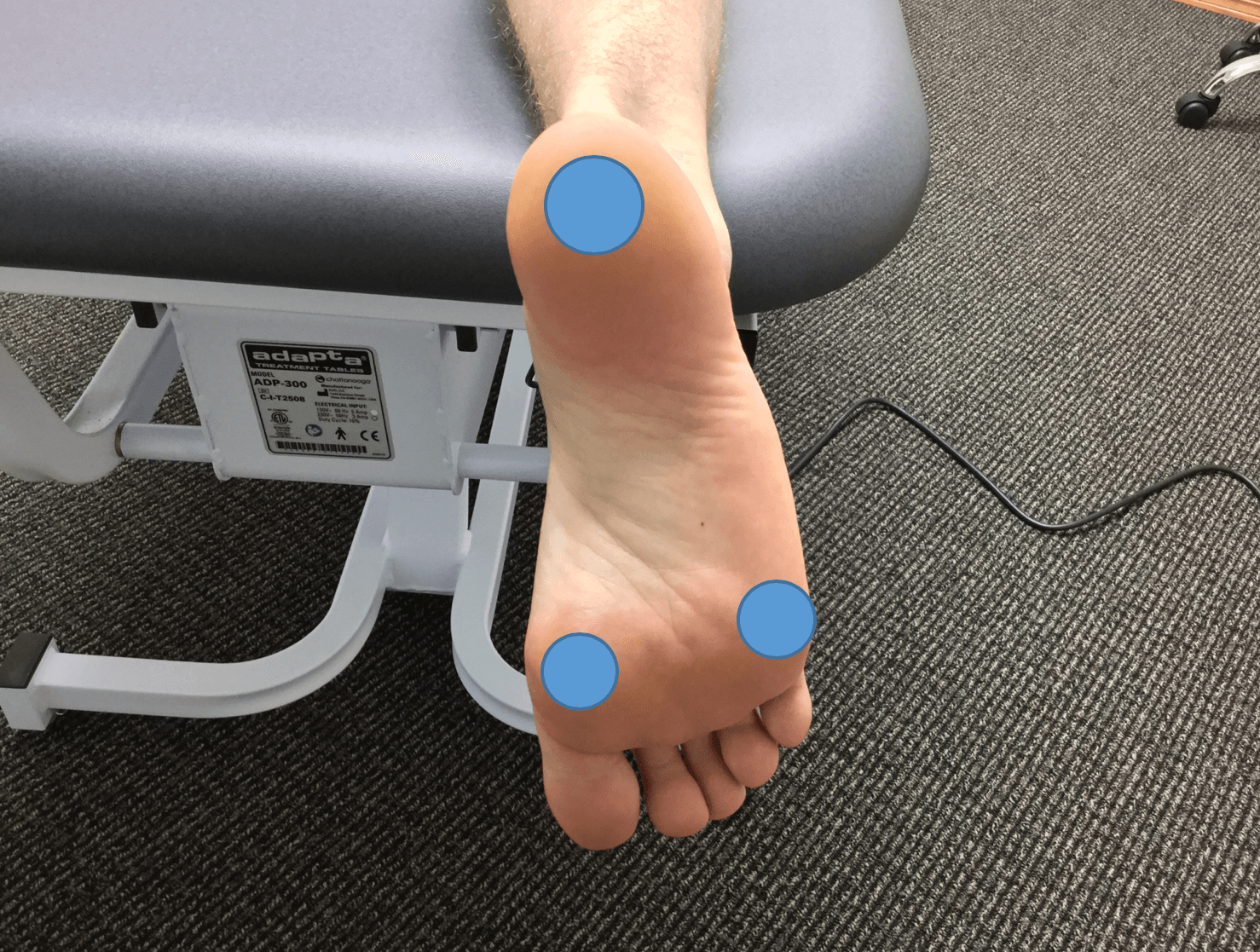The Short Leg
Have you ever been told you have a short leg? Has a family member or friend ever mentioned having a short leg? Chances are, the answer is yes. What does this really mean? Is there truly a “short leg”, commonly referred as a LLD or leg length discrepancy? What is considered a significant difference?
Classifying the "Short Leg"
When classifying a LLD, there are two categories to consider: structural and functional. A structural short leg is simple; one or more of your bones on one limb is anatomically shorter than its counterpart. This can be due to: congenital defects at birth, trauma to a growth plate, or infections. In fact, many individuals do have a structural short leg, but it might not be something worth noting.
A functional LLD means one leg presents shorter than the other due to a variety of reasons. However, when measured accurately, the legs are the same length. A functional LLD occurs when the soft-tissue structures (i.e. muscles, fascia, tendons, ligaments) of the foot, knee, hip, or low back hold unwanted tension, creating the appearance of a LLD.
When the body and brain feel a lack of stability, the brain will tighten various soft tissues in order to achieve the desired stability. This mind-body connection can be so strong that when in a relaxed position, such as laying down, the body still holds tension. This causes many to assume a structural LLD is present, without actually classifying the “short leg” properly.
At this point, many people are advised to turn to a potentially expensive orthotic. Orthotics can be great potentially worsens the symptoms and dysfunction.
What is considered a significant LLD?
Research indicates the prevalence of a leg length discrepancy, greater than one centimeter, is one in a 1000 people (1). Depending on your activity level, this difference may or may not be symptomatic.
Many experts claim that a 6 mm LLD is significant (2), while others state 4 mm is significant (3). These hold true for most cases; however, if you're an active individual, involved with any form of running, a 3 mm LLD is significant.
Steve Subotnick, a podiatrist, created the threefold rule. The threefold rule states: 'due to the increased forces associated with running (3-5 times body weight forces, depending on speed) compared to walking, there is a threefold increase with millimeter displacement.' So for example, a 4 mm LLD presents as a 12mm discrepancy when running; now, we are in a problem zone! The body often compensates pain-free at low levels of activity, but when challenged with increased demand, asymmetries can become problematic and potentially painful.
What to do if you feel your pain may be due to a LLD
Before purchasing expensive orthotics, stand barefoot on the ground. Try to feel if your weight shifts more to one leg than the other. Next, decide if your weight is shifted more forward on your toes or backward on your heels. The body should be perfectly balanced between the feet, with equal weight distributed as a tripod underneath each foot.
If you feel your weight is shifted in any direction, see a visible pelvic shift in the mirror, or are concerned this problem might be causing your aches and pains, reach out and schedule an appointment with a qualified provider. There are many qualified experts out there waiting to be found, so ask them questions! Even without knowing any medical jargon, you can always tell if someone is knowledgeable and worth investing your time & money into by asking questions.
Here at ICT Muscle & Joint Clinic, providing education along with evidence-informed treatment plans, is our main goal and focus with every person that walks through our door! We look forward to meeting you!
Move HEALTHY. Feel HEALTHY. Live HEALTHY.
References:
1. Trivers R, Manning J, Thornhill R, et al. Jamaican symmetry project: long-term study of fluctuating asymmetry in rural Jamaican children. Human Biology. 1999;71:417-430.
2. Tail lard W. Lumbar Spine and Leg Length Inequality. Acts Orthop Belg 1969; 35:601
3. Martens M, Backaert M, et al. Chronic leg pain in athletes due to recurrent compartment syndrome. Am J Sports Med 12: 148-151: 1984
About the author
Dr. Keith Sparks is an award-winning chiropractor, functional medicine expert, and the co-founder of ICT Muscle & Joint Clinic. Dr. Sparks’ emphasis of care originated within the fields of rehabilitation, soft-tissue therapies, and chiropractic. To date, he has brought this unique combination of skills into union with functional medicine. The sole purpose of intertwining these distinct skills, knowledge, and services is to provide incomparable care to his local community. Dr. Keith Sparks is often seen in the Wichita, KS community speaking at business events and teaching health and performance classes.

